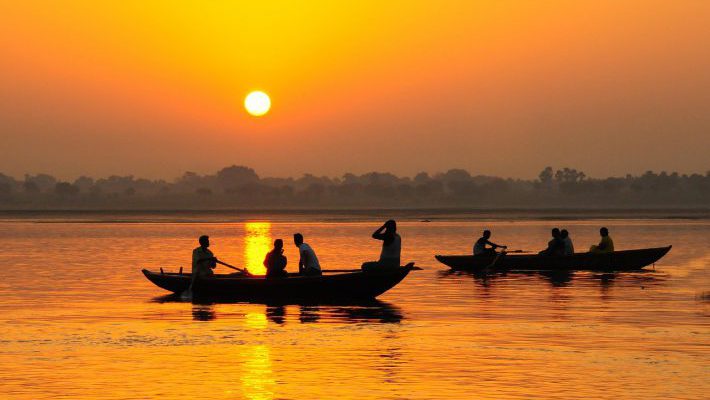With a Gini score of 25.5, India falls into the “moderately low” inequality range (25–30), and is approaching the “low inequality” category — a notable achievement for such a large and diverse nation. Score suggests a relatively equitable distribution of income compared to many other countries.
India has been ranked fourth globally in income equality, earning a Gini Index score of 25.5, according to a new World Bank report. It trails only the Slovak Republic (24.1), Slovenia (24.3), and Belarus (24.4), placing it among the most economically equal societies in the world—a notable achievement for a country of India’s vast scale and diversity.
The report attributes this milestone to India’s sustained economic growth alongside targeted social policies aimed at poverty reduction and broadening financial inclusion. These combined efforts, it notes, have played a pivotal role in narrowing income disparities across the country.
What is the Gini Index?
The Gini Index (or Gini Coefficient) is a statistical measure used to represent income or wealth inequality within a country’s population.
- A score of 0 indicates perfect equality — everyone has the same income or wealth.
- A score of 100 indicates perfect inequality — one person holds all the income or wealth, and everyone else has none.
India’s Income Equality Outpaces Global Powers
India’s Gini Index score of 25.5 places it well ahead of major global economies, including China (35.7) and the United States (41.8), making it more equal than every member of the G7 and G20. Among the world’s most equitable nations, India stands alongside countries such as Iceland, Norway, Finland, Belgium, the UAE, and Poland, all of which fall within the “moderately low inequality” range (Gini score between 25 and 30). Globally, only 30 countries are part of this select group.
This marks a significant improvement from India’s Gini score of 28.8 in 2011, signaling a steady move toward a more balanced distribution of wealth and opportunity over the past decade.
Poverty Reduction Driving Equality Gains
India’s notable progress in income equality is closely linked to its substantial reduction in poverty levels. According to the World Bank’s Spring 2025 Poverty and Equity Brief, approximately 171 million Indians moved out of extreme poverty over the past 10 years.
The percentage of the population living on less than $2.15 per day — the previous global benchmark for extreme poverty — dropped sharply from 16.2% in 2011–12 to just 2.3% in 2022–23. Even with the updated poverty threshold of $3.00 per day, India’s poverty rate stands at a relatively low 5.3%.
These figures highlight how inclusive economic growth and targeted social policies have played a crucial role in advancing both equity and opportunity across the country.
Inclusive Growth Backed by Pro-Poor Governance
India’s strides toward greater income equality and poverty reduction have been strongly supported by a suite of targeted government initiatives aimed at empowering the most vulnerable segments of society.
Key Government Schemes Driving Inclusion and Equity
Several flagship programs have played a pivotal role in enhancing financial access, improving welfare delivery, and fostering entrepreneurship among marginalized communities:
Over 556.9 million bank accounts opened, significantly expanding financial inclusion for unbanked populations.
More than ₹62,800 crore in loans sanctioned to 275,000 SC/ST and women entrepreneurs, promoting self-employment and business creation.
Delivered free food grains to 806.7 million beneficiaries, ensuring food security during economic and health crises, including the COVID-19 pandemic.
Nearly 3 million traditional artisans registered to receive collateral-free loans, modern toolkits, and digital skills training, supporting sustainable livelihoods.
Over 1.42 billion digital identities issued, streamlining access to public services and ensuring efficient, targeted benefit delivery.
Achieved ₹3.48 trillion in cumulative savings by minimizing leakages and ensuring timely payments in welfare schemes.
Provides ₹5 lakh health coverage per family, with over 413.4 million Ayushman cards issued and 32,000+ empanelled hospitals. The scheme also includes a special provision for senior citizens over 70 years.





